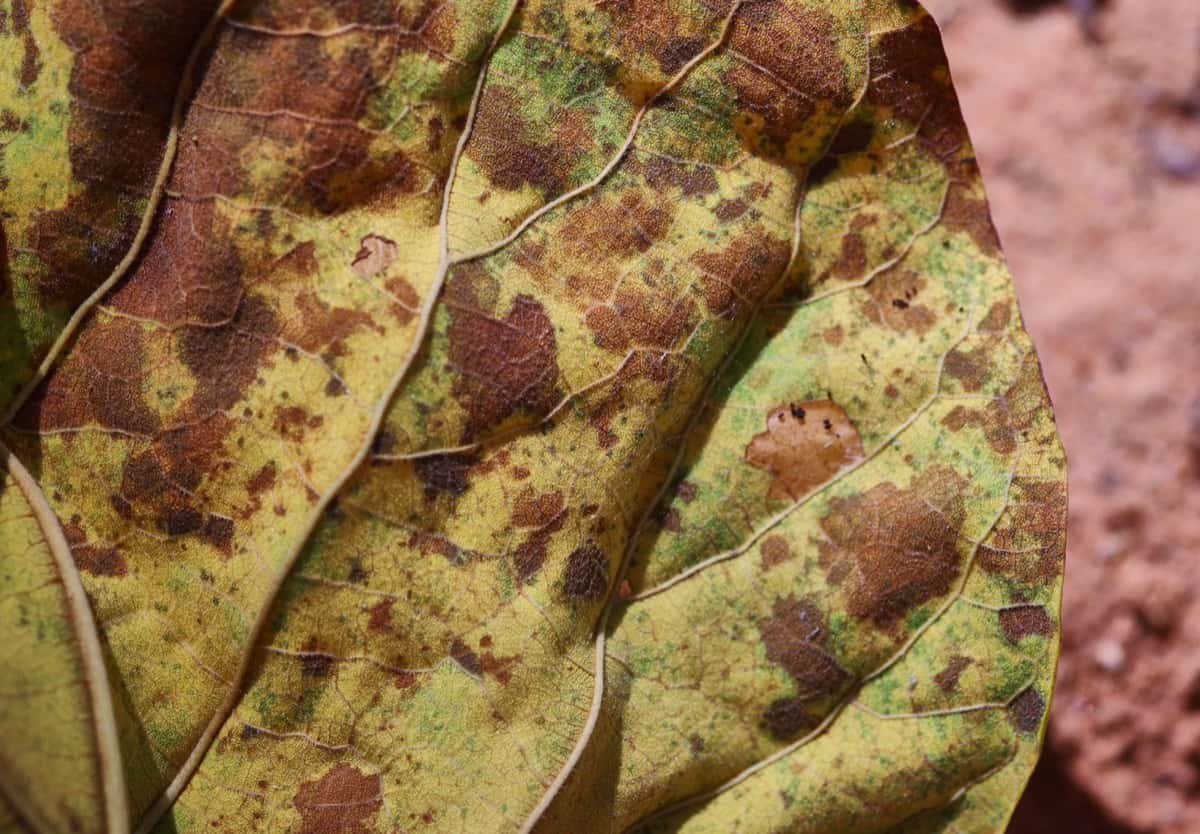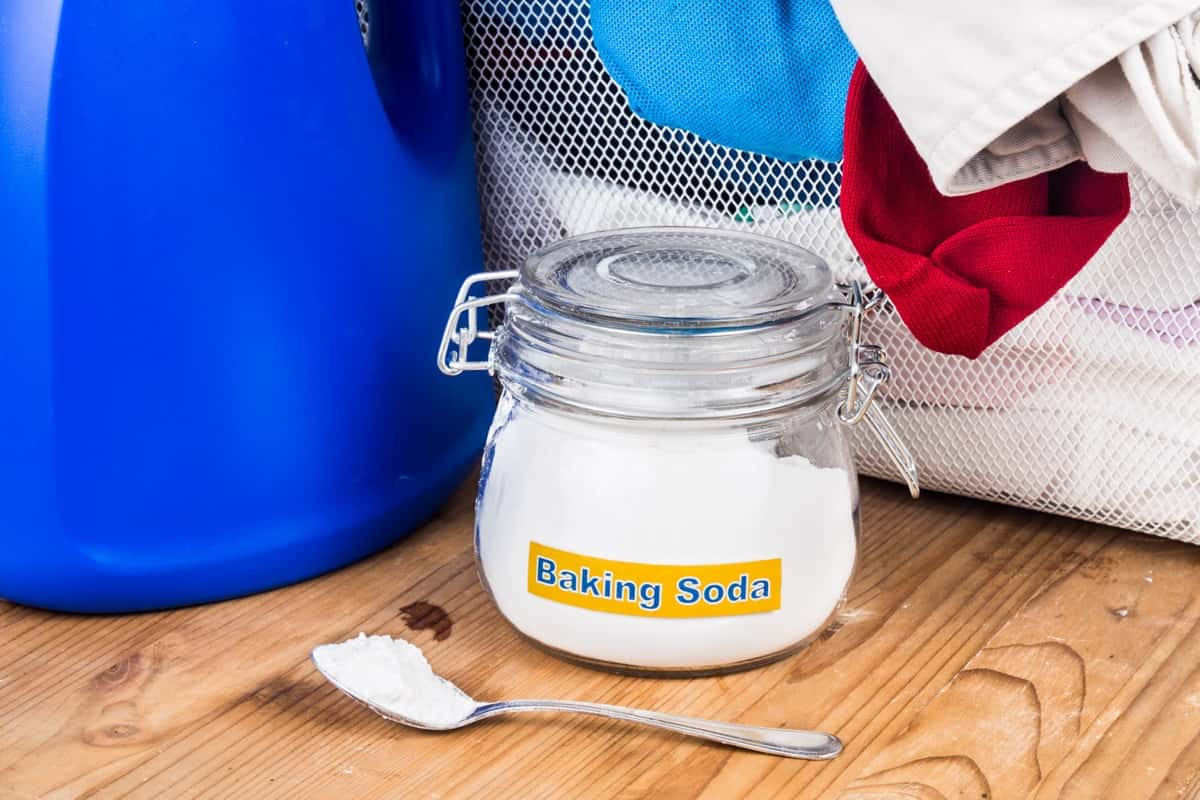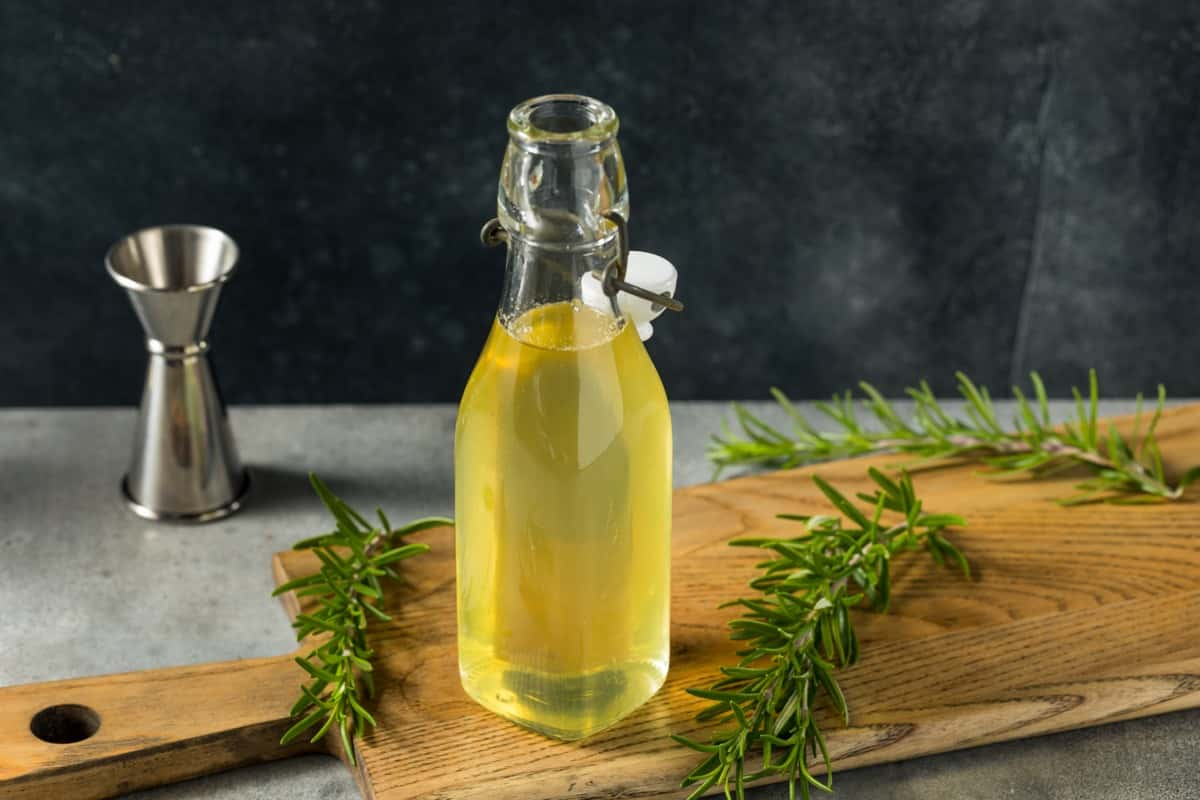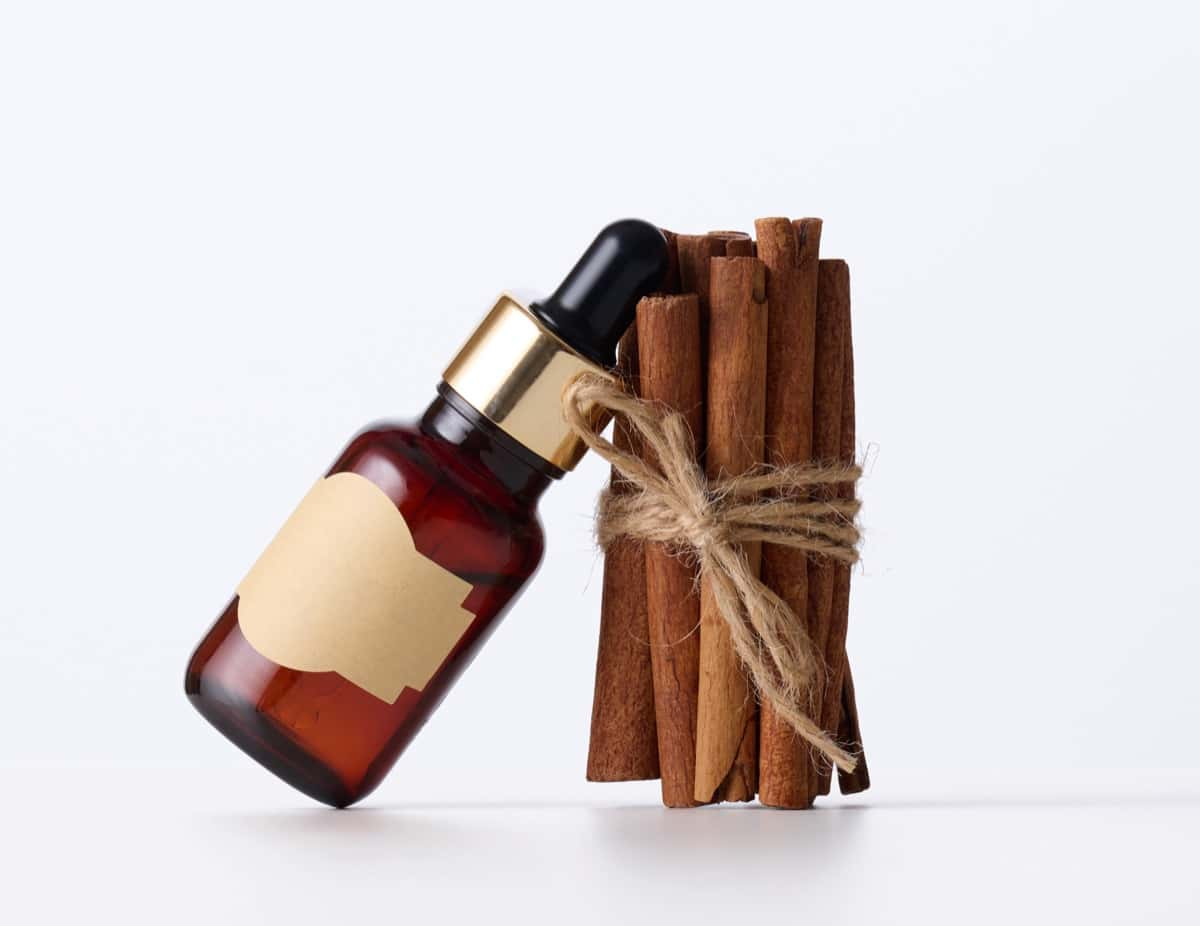Leaf blights may cause unsightly harm to your plants and jeopardize their health, wreaking havoc on your landscape. Although there are many commercial solutions available, some gardeners would rather use a more natural method. The top 12 DIY treatments for leaf blights will be briefly discussed in this post, with an emphasis on organic DIY sprays for both treatment and prevention.

Introduction to Leaf Blights
Plants that are afflicted with leaf blights develop spots, lesions, or patches of dead tissue on their leaves. Many diseases, including bacteria, fungi, and viruses, can produce leaf blights, which lower a plant’s ability to photosynthesize and diminish its aesthetic value. Certain leaf blights can spread and inflict further harm on the plant’s stems, fruits, or roots. Using resistant cultivars, dousing diseased plant detritus with fungicides or bactericides, avoiding overhead watering, and other methods can all help reduce leaf blights.
Overview of Leaf Blights
Leaf blights are a group of plant diseases that cause the leaves to turn yellow, brown, or black and eventually die. They can affect various crops and plants, such as rice, potatoes, tomatoes, chestnuts, and grasses. Different microorganisms, such as bacteria, fungi, or water molds, cause leaf blights. They can spread rapidly and reduce the yield and quality of the crops.
Homemade Remedies for Leaf Blight
Baking Soda Spray
One common home item that can help manage fungus-caused leaf blights, including early and late blight, is baking soda. The fungi cannot survive in an alkaline environment produced by baking soda. Combine 5 ml of baking soda, 5 ml of vegetable oil, and one gallon of water to create a baking soda spray. Once a week, spray the afflicted plants with the solution until the symptoms go away.
In case you missed it: Bacterial Leaf Blight in Rice: Control Management and Treatment

Milk Spray
Milk contains proteins and enzymes that exhibit antifungal properties, making it an effective remedy for controlling leaf blights. The proteins in milk form a protective barrier on the leaf surface, preventing fungal spores from germinating and establishing infection. Apply this solution every one to two weeks for optimal results. To make a milk spray, mix 1 part of milk with 9 parts of water. Spray the solution on the blight-affected plants every two weeks until the symptoms disappear.
Garlic Spray
Rice blight and fire blight are two examples of bacterial leaf blights that can be combated using garlic, a natural antibiotic. Allicin, a substance found in garlic, has antimicrobial qualities. Crush ten garlic cloves and soak them in one liter of water for a whole day to produce a garlic spray. Once the symptoms have subsided, strain the mixture and spray the afflicted plants with it every three days.
Copper Spray
Copper is a natural fungicide that has been used for centuries to control fungal diseases in plants. Mix copper sulfate or copper fungicide with water according to the manufacturer’s instructions and spray it onto affected plants. Copper disrupts fungal cell membranes, ultimately leading to their demise. However, caution should be exercised as excessive copper application can be harmful to beneficial soil microorganisms.
Neem Oil Spray
Vegetable oil, called neem oil, is derived from the seeds of the neem tree. Leaf blights can be prevented and treated with the use of neem oil’s antifungal, antibacterial, and insecticidal qualities. Additionally, neem oil serves as a deterrent to insects that carry the diseases that cause leaf blight. Combine one teaspoon of liquid soap, one teaspoon of neem oil, and one gallon of water to create a neem oil spray. Once a week, spray the afflicted plants with the solution until the symptoms go away.
Rosemary Oil Spray
Rosemary oil effectively suppresses leaf blights because it includes antimicrobial components such as cineole and camphor. Apply a solution made from a few drops of rosemary oil and water to the afflicted leaves. In addition to curing current infections, rosemary oil strengthens the plant’s defenses against fungus invasions in the future.
In case you missed it: Bacterial Blight in Pomegranates: Management and Control Measures

Vinegar Spray
Another common home item that might aid in the management of leaf blights is vinegar. Acetic acid, which is high in vinegar, can reduce the pH of a plant’s surface and prevent germs from growing there. One cup of vinegar and one gallon of water can be used to generate a vinegar spray. Once a week, spray the afflicted plants with the solution until the symptoms go away.
Chamomile Tea Spray
Herbal teas with antifungal qualities, such as chamomile tea, can be used to both prevent and cure fungal leaf blights. Antioxidants included in chamomile tea help strengthen the immune system of the plant. Dip 4 bags of chamomile tea in one liter of water for twenty minutes to create a chamomile tea spray. When the symptoms go away, let it cool down and spray it on the impacted plants every two weeks.
Cinnamon spray
Leaf blights can be prevented and treated with the antifungal and antibacterial qualities of cinnamon. Moreover, cinnamon includes cinnamaldehyde, a substance that might prevent fungus spores from germinating. One teaspoon of cinnamon powder and one liter of water are combined to form a cinnamon spray. Every two weeks, spray the afflicted plants with the solution until the symptoms fade away.
In case you missed it: How to Prevent Fire Blight: Causes, Identification, Symptoms, and Treatment

Epsom Salt Spray
Magnesium and sulfur, two elements vital to plant development and health, are present in Epsom salt, a mineral salt. By strengthening the plant’s resistance to stress and disease, Epsom salt can aid in the prevention and treatment of leaf blights. Combine one gallon of water and two teaspoons of Epsom salt to create an Epsom salt spray. Once a month, spray on the affected plants with the solution.
Hydrogen Peroxide Spray
One chemical that can help cure and prevent leaf blights is hydrogen peroxide, which also has antifungal and antibacterial qualities. Additionally, oxygen released by hydrogen peroxide can destroy or stop the development of germs. One gallon of water and one cup of 3% hydrogen peroxide are combined to create a hydrogen peroxide spray. Once a week, spray on the affected plants with the solution until the symptoms go away.
Chrysanthemum Spray
A flower with insecticidal qualities, chrysanthemums can aid in the prevention and treatment of leaf blights. Pyrethrins are natural substances found in chrysanthemums that have the power to either kill or immobilize insects that spread diseases that cause leaf blight. Boil a hundred grams of dried chrysanthemum flowers in one liter of water for 20 minutes to create a chrysanthemum spray. Once the symptoms have subsided, strain the mixture and spray the afflicted plants with it every two weeks.
Conclusion
Eco-friendly alternatives to commercial fungicides, such as DIY sprays, can effectively manage fungal diseases in gardens. These DIY solutions, containing natural ingredients like neem oil, garlic, baking soda, and citrus oils, can minimize environmental harm. Consistent application and good garden hygiene, such as removing debris and providing proper air circulation, can also help prevent leaf blight spread. Experiment with homemade solutions to find the best fit for your plants.
- Deworming Schedule for Dogs/Puppies: A Beginners Guide
- How to Prevent and Control Parasites in Goats
- Beneficial Insects in Pest Management
- Natural Solutions for Pest Control in Flower Gardens
- Types of Fungicides Used in Agriculture
- Common Issues in the Fruit Development Stage of Pomegranate Farming
- Fruit Development Issues in Papaya: Easy Solutions and Treatment
- Soil-Borne Diseases and How to Protect Your Plants
- Practices to Prevent Disease Spread in the Garden